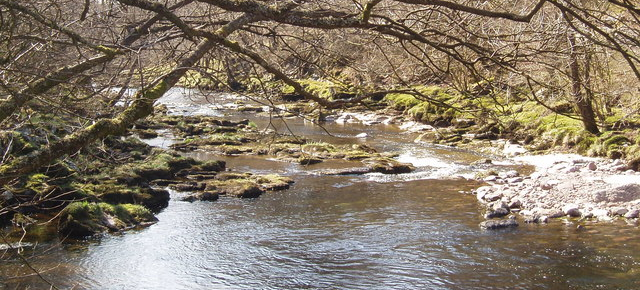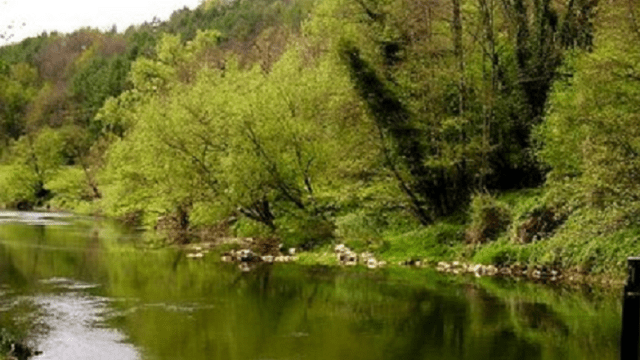Protecting Britain’s river ecosystems could be as simple as planting more trees along riverbanks to provide cooling shade and, according to new research, an important energy boost for life in the stream.
Plant and animal species around the world are struggling to keep up with rising temperatures, and the cool-water ecosystems in Britain’s rivers are especially vulnerable. In an earlier study, University of Cardiff biologist Stephen Thomas and his colleagues noticed that there were many fewer insects in the Rivers Wye and Tywi, in Wales, than they had seen before. One species had even gone locally extinct.
If you’re not fond of bugs, that doesn’t sound so bad, right? Fewer insects! Don’t celebrate yet, though; those insects provide food for fish, river birds, and nearby bats. The whole ecosystem depends on them.
That also means that insects are a good indicator of how the rest of the ecosystem is doing. So Thomas and his colleagues paid a lot of attention to river insects in their recent study of 20 Welsh mountain streams. They wanted to compare the ecosystems in streams that flowed through moors, conifer forests, and deciduous woods, to see if ecosystems on land had an impact on ecoystems in the stream.
A River Bug’s Life

The Afon Mellte. Paul Thomas via Wikimedia Commons
River insects, it turns out, get about half their nutrients from leaf litter that falls into the river from tees on the bank, and the other half from river plants. Plants that grow on land process carbon using a different chemical pathway than plants that grow in rivers, and those pathways produce different isotopes (atoms with different numbers of neutrons) of carbon. By comparing the ratios of carbon-12 to carbon-13 in an organism’s body, it’s possible to get an idea of what that organism ate.
And insects populations were largest where upland streams flowed past deciduous trees on their banks – about twice as large as insect populations in other streams. That’s partially because trees provide shade, which helps keep the water cool enough for the species that live there, but it’s also because trees provide an important food source. When deciduous trees shed their leaves every fall, they can drop five to eight kilograms of leaves into every meter of stream that flows through the woods. That’s a lot of food for insects, and it’s a lot of energy and nutrients being added to the stream’s ecosystem.
Trees to the Rescue

The Afon Mellte. Kevin Trahar via Wikimedia Commons.
And that, according to Thomas and his colleagues, could help keep stream ecosystems strong enough to adjust to rising temperatures. That’s encouraging news, because it means we could save species and preserve entire ecosystems by doing something as simple as planting more trees in the right places.
But trees take time to grow. “In rivers, reducing pollution or restoring bankside broadleaves appear to be very effective ways to increase resilience, but these actions take decades,” said Steve Ormerod of the University of Cardiff, who supervised the study. “We want to impress on decision makers the urgency of taking action now, to protect against climate change in future.”
[Climate Change Biology, University of Cardiff]
Top image: Stuart Wilding via Wikimedia Commons
